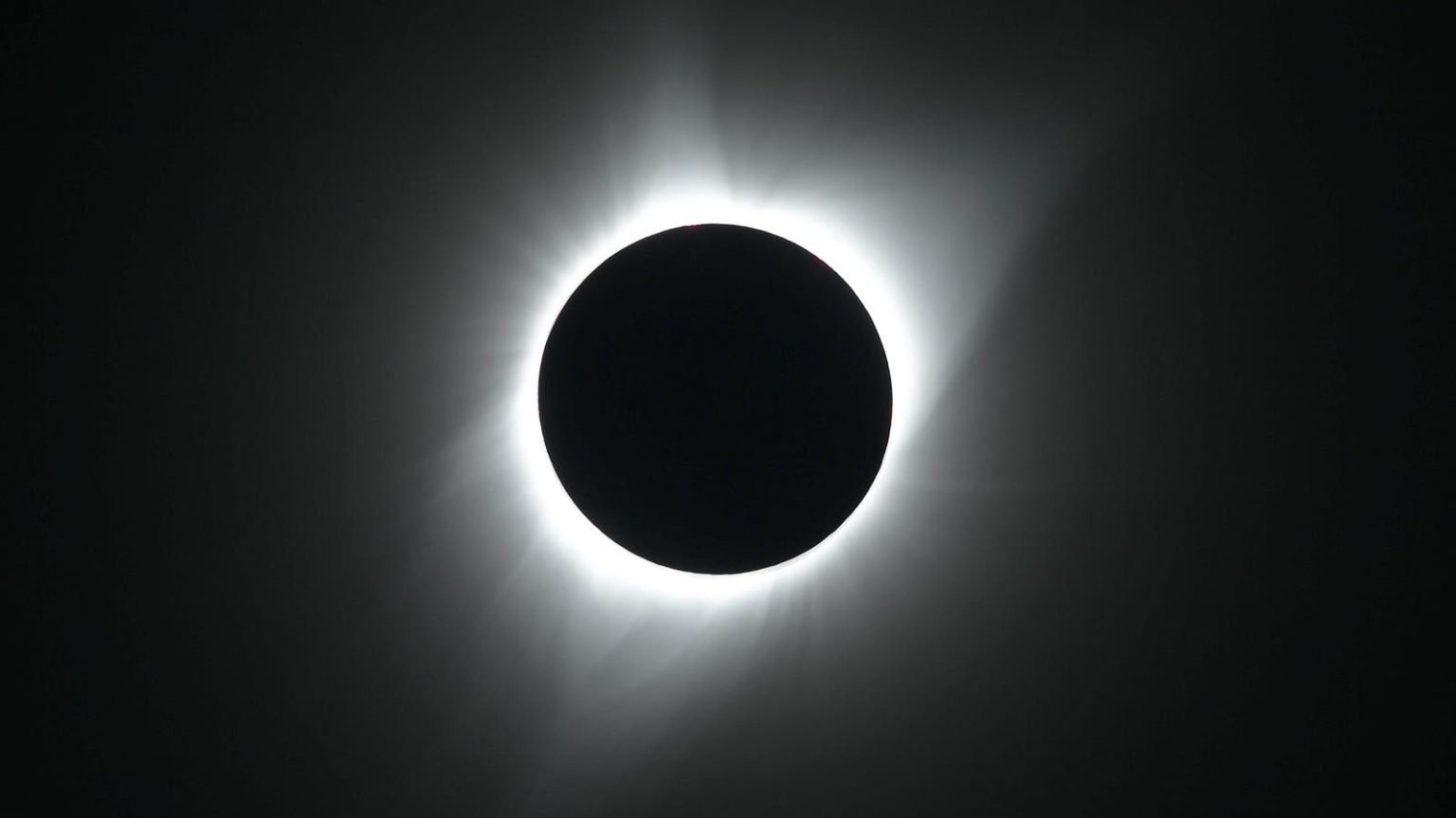Topline
The United States’ first total solar eclipse in seven years will occur Monday, but other space-related events will also take place that day, including rocket launches, the potential to witness the “devil comet” and a dark matter experiment.
Key Facts
As a part of the Atmospheric Perturbations around Eclipse Path mission, NASA is launching three rockets into the moon’s shadow on Monday during the total solar eclipse to better understand what happens to Earth’s upper atmosphere when the sun is temporarily dimmed.
This event will be livestreamed along with NASA’s livestream feed of the total solar eclipse, and the launch window time for the rockets is between 2:40 p.m. EDT and 4:05 p.m. EDT.
Comet 12P/Pons-Brooks, dubbed the “devil comet” for its horns, may be visible during the total solar eclipse to those within the path of totality, according to NASA.
Comets aren’t typically visible to the naked eye during the day, but the devil comet may become visible in the sky close to Jupiter momentarily during the eclipse because the sky will darken once the moon blocks the sun.
The European Council for Nuclear Research (CERN) will fire up the Large Hadron Collider, the most powerful particle accelerator in the world, on Monday and collide protons together to simulate the Big Bang.
Though this won’t be happening in space, the goal of the experiment is to search for dark matter, because although scientists have been able to theorize it exists due to the gravitational effects it has on visible matter, no one’s actually ever seen it before.
What To Watch For
Some astronomers predict a phenomenon called the double diamond ring may occur during the solar eclipse. This is a rare event that happens when the last glimpse of the sun as it’s dimming suddenly turns into a bright flash around its rim, before appearing to extinguish completely. The first ring happens when the moon first eclipses the sun—called totality—and the second occurs at the end of totality. However, only those near the center of totality will be able to witness this phenomenon, though others within the path may see at least one ring.
Big Number
Between 931,000 and 3.7 million. That’s how many people are expected to travel to parts of the U.S. within the solar eclipse’s path of totality Monday, according to eclipse tracking organization Great American Eclipse. This adds on to the 31 million people already living in eclipse states that GAE expects to participate.
Key Background
A total solar eclipse happens when the moon passes between Earth and the sun and completely blocks the face of the sun, causing the sky to darken. Monday will be the first time since 2017 the U.S. will witness a total solar eclipse, when it previously passed through 14 states including Georgia and Tennessee. The path of totality this year will only pass through Texas, Oklahoma, Arkansas, Missouri, Illinois, Kentucky, Indiana, Ohio, Pennsylvania, New York, Vermont, New Hampshire, and Maine, though small regions in Michigan and Tennessee will be in the path as well, according to NASA. Certain regions in Mexico and Canada will also be within the path. However, all 48 contiguous states will be able to see a partial eclipse. In preparation for the influx of visitors and traffic, some states, counties and cities have declared states of emergencies.
Everything To Know About The Total Solar Eclipse—Including Map And Path Tracker (Forbes)
Here’s Why The Total Solar Eclipse Has Prompted States Of Emergency In Parts Of U.S. (Forbes)
Here’s How The Niagara Falls Region Is Readying For An Influx Of Eclipse Tourists (Forbes)
Read the full article here





